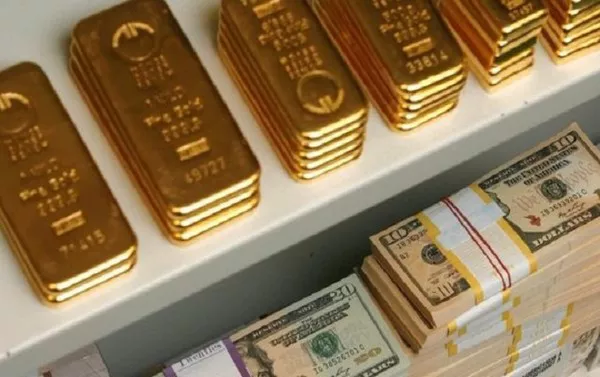Gold, often considered a safe-haven asset, has captivated investors for centuries with its intrinsic value and role as a store of wealth. In modern financial markets, gold futures provide traders with the opportunity to speculate on the future price movements of this precious metal. In this article, we will delve into the world of gold futures forecasting, exploring the factors influencing gold prices, the methodologies used in forecasting, and what the future may hold for this valuable commodity.
Factors Affecting Gold Prices
Understanding the drivers behind gold price movements is essential in forecasting its future performance. Several factors influence gold prices, including:
1. Geopolitical Tensions: Gold often thrives in times of geopolitical uncertainty, as investors seek a safe haven to protect their wealth from market volatility and political risks.
2. Economic Indicators: The health of the global economy can impact gold prices. Economic downturns may drive investors towards gold, viewing it as a hedge against inflation and currency devaluation.
3. Interest Rates and Monetary Policy: Gold’s appeal can fluctuate based on interest rates set by central banks. Low-interest rates typically boost gold’s attractiveness as it offers a competitive alternative to low-yielding assets.
4. Currency Fluctuations: Gold is priced in U.S. dollars, making it susceptible to currency fluctuations. A weaker dollar usually results in higher gold prices and vice versa.
Gold Futures Forecasting Techniques
Forecasting gold futures involves a combination of fundamental analysis, technical analysis, and market sentiment evaluation. These methods provide valuable insights into potential future price movements:
1. Fundamental Analysis: This approach involves analyzing macroeconomic factors, such as GDP growth, inflation rates, and central bank policies. Additionally, geopolitical events and demand from major gold-consuming nations play a crucial role in shaping gold’s future.
2. Technical Analysis: Traders employ technical indicators, chart patterns, and historical price data to identify trends and potential price levels. Common tools include moving averages, support and resistance levels, and relative strength index (RSI).
3. Market Sentiment Analysis: Assessing market sentiment can offer valuable clues about future price movements. Investors often closely monitor gold ETF inflows/outflows, open interest in futures contracts, and other sentiment indicators.
Expert Opinions and Forecasts
Market experts, including financial institutions, analysts, and prominent investors, often share their gold futures forecasts. These forecasts can vary widely based on differing outlooks and methodologies. For example:
1. Bullish Forecasts: Analysts with a bullish outlook may cite factors such as ongoing economic uncertainties, inflationary pressures, and geopolitical tensions as reasons for their positive gold price forecasts.
2. Bearish Forecasts: Conversely, bearish predictions might focus on the potential for economic recovery, rising interest rates, and reduced demand for safe-haven assets in times of stability.
3. Neutral Forecasts: Some experts may adopt a more neutral stance, considering a balanced view of the market’s dynamics and the potential for gold to remain relatively stable.
The Impact of Central Banks on Gold Prices
Central banks worldwide hold significant gold reserves, and their actions can significantly influence gold prices. Central bank policies, such as gold buying or selling, can create shifts in supply and demand dynamics, impacting gold’s future price trajectory.
Geopolitical Events and Their Effect on Gold Futures
Geopolitical events, such as geopolitical conflicts, trade disputes, or political instability, often trigger fluctuations in gold prices. In times of heightened uncertainty, investors may flock to gold, resulting in potential bullish trends.
Historical Price Patterns and Cycles
Gold has exhibited historical price patterns and cycles that analysts often consider in their forecasts. Studying past price behavior can provide insights into potential future trends and price levels.
The Role of Gold in Portfolio Diversification
Gold’s role as a portfolio diversifier influences its demand and price. Investors seeking to hedge against market downturns or inflation may allocate a portion of their portfolios to gold, leading to potential price appreciation.
Conclusion:
Forecasting gold futures is a complex and multifaceted process that involves analyzing a multitude of factors. From economic indicators and central bank policies to geopolitical events and historical patterns, each element plays a role in shaping gold’s future. As investors continue to seek stability and safeguard their wealth, gold’s allure is likely to endure. However, predicting the exact future price of gold remains uncertain, emphasizing the importance of diversification and staying informed about the ever-changing global economic landscape. Whether bullish, bearish, or neutral, investors should approach gold futures with careful consideration and a comprehensive understanding of the market’s complexities.

